THE HAORI, A JACKET WOMEN HAD TO FIGHT FOR
- TABITABIYA
- May 26, 2022
- 6 min read
THE HAORI; A BATTLE WOMEN HAD TO WIN
It was also during the Edo Period, Edo Jidai 江戸時代 (1600-1868) that women began to wear haori jackets just like men. Until then, they only wore an uchikake over their kimono, a garment no longer in use today to the exception of wedding ceremonies.
Uchikake from the Muromachi period photos from the Costume Museum
But, the adventure of women wearing haori was strewn with pitfalls and brings us back in the footsteps of the first female geisha, the Onnageisha 女芸者, of whom here is a magnificent incarnation with this print by one of the masters of Shin-Hanga 新版画, Shimura Tatsumi 志村立美, and who produced wonderful artworks in the style of the Bijin-Ga 美人画.
Entitled Kiba 木場, this work offers, in our eyes, a strikingly beautiful portrait of a tatsumi geisha from Fukagawa. Wrapped in her black haori, she embodies an elegance imbued with strength, Iki 粋, sophistication in simplicity, a natural elegance that includes an element of audacity and non-conformism, as opposed to the world of flowers of young maïko 華 hana . It is the wooden palisade that conveys the atmosphere of Edo at that time.

It was around the 1750s that the first female geisha appeared with the opening of tea houses. Accomplished women artists in the fields of music and dance began to offer their services for private parties. The first geisha of Tokyo officiated in the district of Fukagawa 深川, not far from the Imperial Palace of Tokyo. At the beginning, many of these geisha, in order to affirm the mastery of their art on an equal basis with the men geisha, dressed like them in haori, hence their name of haori geisha 羽織芸者 or tatsumi geisha 辰巳芸者 (Tatsumi referring to the Fukagawa district). Although most geisha soon came to dress in a more feminine attire, haori geisha continued to dress in a more masculine way. They also took male artist names and some of them even went so far as to shave their heads like men. Another of their particularity was to not wear tabi 足袋 to protect their feet no matter the cold or the snow.

A full-length portrait of this haori geisha by Nihon-Ga artist 日本画, Kaburaki Kiyotaka 鏑木清方 with this painting: Tsukijiakashicho 築地明石町, a district of Tokyo.
The geisha influenced fashion like no one else and it was they who created the trend. Under their influence, the custom of wearing haori, under spread to all other women. And the department stores began to create haori designs especially for women. But, as you already know it, one could not dress with much freedom in ancient Japan. And to stop this new fashion trend that it did not approve of, the Shogunate issued yet another ban forbidding women to wear haori jackets.
The O-Edo Fukugawa お江戸深川パレード parade of the Fukugawa Aki Matsuri (Fukugawa Autumn Festival), which is held in October, will give you the opportunity to dress up as a haori geisha! Why not try it?
It was not until the Meiji Era Meiji-Jidai 明治時代 (1868-1912) and the loosening of influences on society that the haori could now be worn by women and men alike! And of course, it goes without saying that women enjoyed their newly acquired freedom with no restraint! The only limit was that it could not be considered a proper fit for formal celebrations. But in the 19th century, as the black haori could now be adorned with one’s family crest, the haori could now be fit to enhance kimonos of common rank: How convenient for women who couldn’t afford high rank kimono! Black haori decorated with a very discreet white crest still retain some sort of an image of prestige, but they are nowadays seldom worn over kimonos.... A feminine image that has disappeared from sight and is now considered a bit old-fashioned…
The haori was also an integral part of the dress of young girls of the time, as in this photo which shows a young girl from the Meiji era dressed formally with a haori on her hakama 袴:

The Taishō Era, Taishō-Jidai 大正時代 (1912-1926) and the Showa era, Showa-Jidai 昭和時代 (1926-1989) saw the black haori adorned with a crest montsukikurobaori 紋付黒羽織, or simply a black haori kurobari 羽繻, become the symbol of the married woman, of the mother in kimono attending the entrance ceremonies and graduation ceremonies of their children, funerals, or going on visits for births, etc... It allowed ordinary women to be able to add more elegance and style to their kimono outfits for all the small ceremonies and events of life without spending much money. It was this specific style of haori that was highly recommended by women's magazines for all these occasions. A black haori with a pattern on the back could be worn instead of a plain black haori with a crest.

Another work by Shimura Tatsumi 志村立美, titled Yakaïmaki 夜会巻き. This is the name of this very fashionable hairstyle in the Taisho era. This young woman, after the fashion of her time, got ready for an evening. She decorated her hairstyle and has put on her black haori with a white crest.
Still in the Showa Era Showa-Jidaï 昭和時代 (1926-1989), that of the swinging Showa, with its unbeatable length, the haori also became the symbol of the modern girl. This trend for long haori, the nagabaori 長羽織, is perhaps explained by the link it kept with the image of the uchikake which covered the kimono of yesteryear. It is this nagabaori which, since the revival of the kimono in the years 2004-2005, is again in the spotlight. If you want to follow the trend of Japan, go for it!
The war forced many women to perform tasks usually done by men and took on a lot of hard jobs. Thus, to better suit these news times, haori jackets were shorten, and the chubaori 中羽織 was born! Its new length allowed women to perform these new jobs without being hindered by their clothing. It is also said that this short haori immediately became a huge hit in the same way as the mini skirt of the 60s.
Definitely worth taking a look !!!! Discover here, through these family photos (a real gem!), the evolution of haori through the ages: http://kimono-kitai.info/889.html It is very interesting to see the changes in fashion via the members of a family!
You can also see, with this illustration, all the differences in style between the Taisho, Showa and today eras::
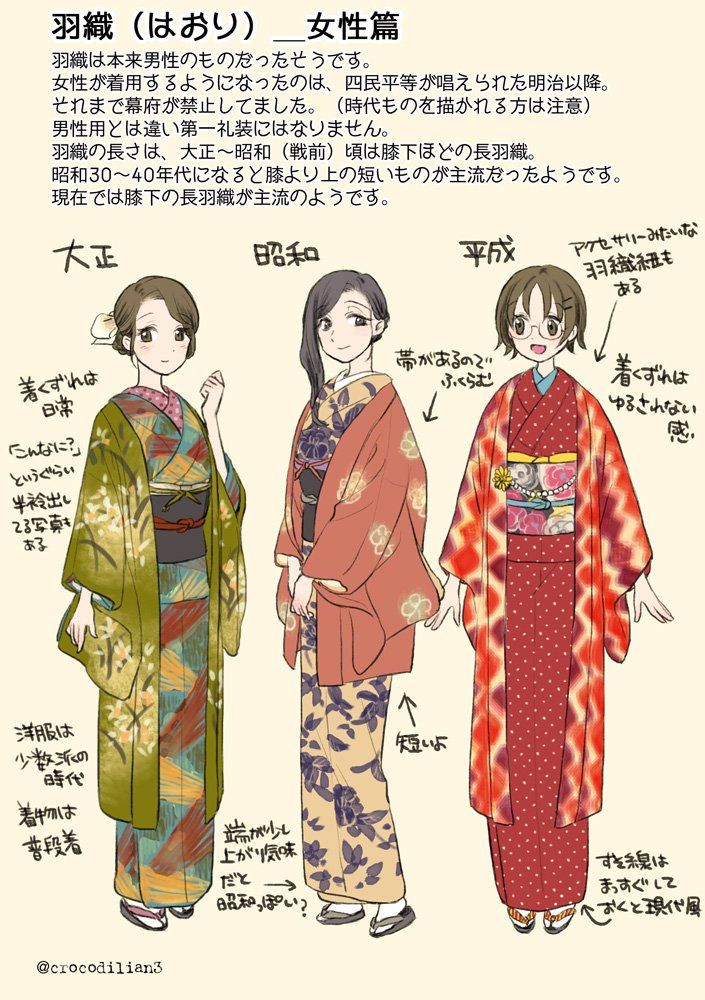
Then, after the war, the modern girl starting to dress in Western fashion, and with the drop in demand for kimono, haori jackets were hardly worn anylonger. They now seem to be again in trend as more and more people wear them with ordinary outfits instead of a regular jacket. And that's how we like to wear it too!
In addition to keeping us warm and being very comfortable, the haori is an extremely practical, very playful and versatile garment. Since the days women too are free to wear, how could fashion designers have not taken it over to color it with all their know-how and creativity.
With the exception of black montsukibaori, with one or three crests that can be worn for funerals provided they have no pattern, a haori jacket is a casual garment and it is not worn with formal kimono for wedding ceremonies, for example, and never to attend a tea ceremony! It indeed doesn’t fit the social image of a distinguished woman, that of a feminine silhouette in kimono and obi. For those formal occasions, we advise you to wear a michiyuki to protect your kimono.
But also know that it is a garment to wear in the comfort of your home. It will indeed become your new best work-from-home wear! So do not hesitate to wear your haori for your moments of relaxation at home! It was originally made for this !
To find all our haori, these kimono jackets which are a real part of the history of Japan, just click here! https://www.tabitabiya.com/shop
Treat yourself with a haori and, you too, be a part of the revival of this traditional Japanese garment considered today as iconic and so trendy!
@TABITABIYA

WARNING! No use, copy or other of our texts and images can be made without our prior agreement.




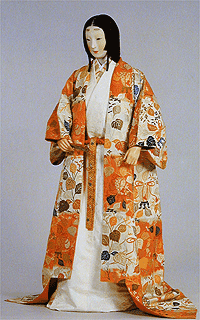
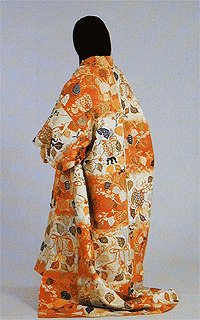



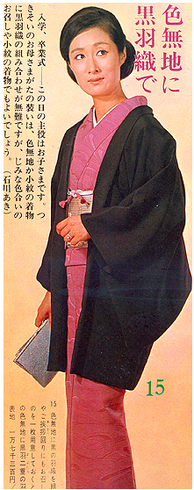

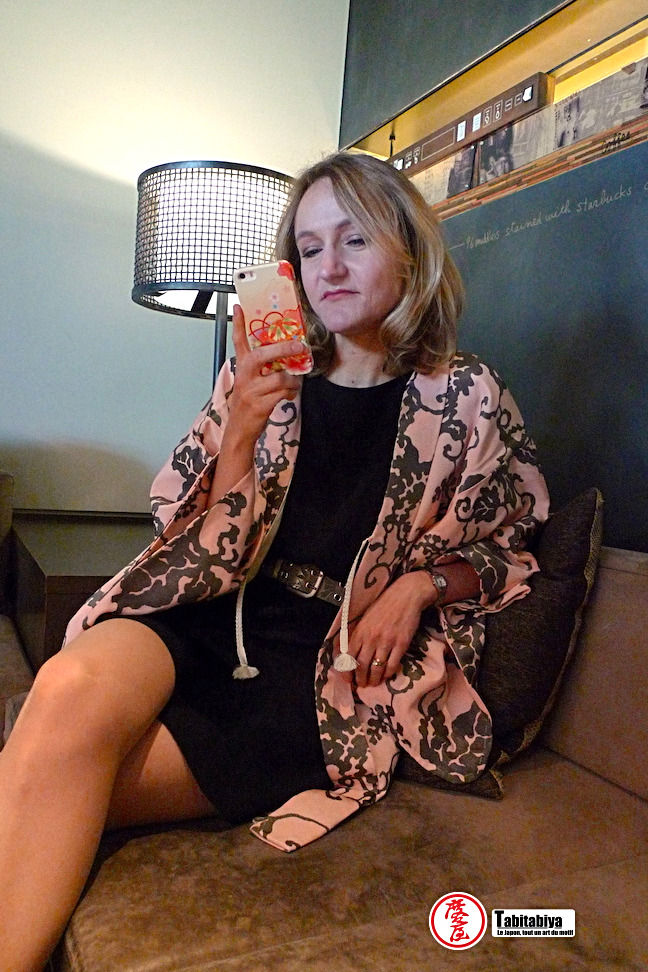

















Comments